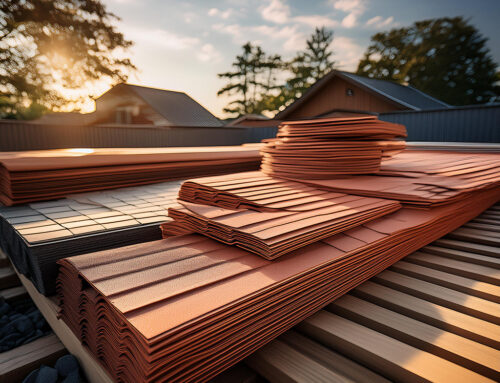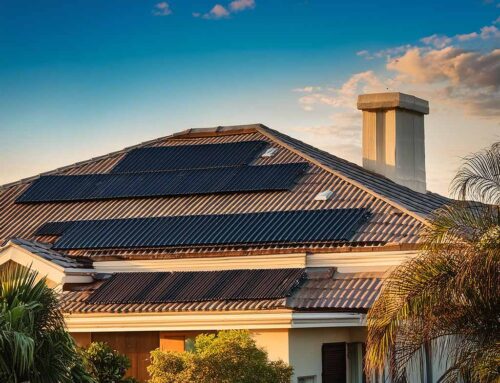Roof painting plays a vital role in home maintenance, offering both visual appeal and functional advantages. In Brisbane’s distinct climate, it’s important to select the right painting techniques and materials to guarantee a durable and protective finish. This guide discusses various paint options, application methods, and safety precautions that homeowners and contractors should keep in mind when embarking on a roof painting project in Brisbane.
Types of Paint

Always Choose Quality Roof Paint
Choosing the appropriate paint for your roof is essential for long-lasting protection and improved energy efficiency. In Brisbane, homeowners should consider these paint options:
- Acrylic paint: Acrylic paint is a water-based paint known for its excellent durability and colour retention. It resists cracking, peeling, and fading, making it an ideal choice for Brisbane’s harsh weather conditions. Moreover, acrylic paint offers good UV protection, reducing heat absorption and cooling expenses. This is also the most eco-friendly roofing paint.
- Elastomeric paint: This paint forms a flexible, rubber-like layer when it dries, providing outstanding waterproofing and weather resistance. Elastomeric paint expands and contracts with temperature changes, minimizing the chances of cracks and damage. It also reflects sunlight, enhancing energy efficiency in Brisbane’s hot climate.
- Heat reflective paint: Designed to reflect sunlight and decrease heat absorption, heat reflective paint is a great choice for Brisbane homeowners seeking to boost energy efficiency. This paint can help maintain a cooler home during summer, reducing dependence on air conditioning systems.
Application Methods
Various techniques can be used to apply roof paint, each with its advantages and considerations:
- Brush painting: Brush painting is a traditional method that allows for accurate application and control. It is suitable for small areas and touch-ups but can be time-consuming and labour-intensive for larger roofs.
- Roller painting: A paint roller provides a more consistent and even application of paint, making it suitable for larger surfaces. However, reaching tight corners or crevices may be challenging, requiring additional touch-ups with a brush.
- Airless spray painting: This technique uses a high-pressure airless spray system to apply paint quickly and evenly. Airless spray painting is efficient and offers excellent coverage, but it demands skilled operators and favourable weather conditions to prevent overspray and ensure a smooth finish.
Safety Precautions
Roof painting can be a dangerous task, so implementing appropriate safety precautions is essential:
- Fall protection: Use proper fall protection equipment, such as harnesses, anchor points, and safety nets, to prevent falls and injuries.
- Ladder safety: Make sure ladders are placed on stable, level ground and secured to avoid slipping or falling. Always maintain three points of contact when climbing a ladder.
- Personal protective equipment (PPE): Wear PPE like gloves, safety goggles, and a dust mask to protect against paint fumes, dust, and debris, this is why DIY roof painting is not recommended.
- Weather considerations: Refrain from painting during wet or windy conditions, as these can jeopardize worker safety and paint job quality.
Takeaways…
Roof painting in Brisbane demands careful consideration of paint types, application techniques, and safety precautions to ensure a long-lasting and protective finish. By choosing the right materials and hiring skilled professionals, homeowners can benefit from a durable, energy-efficient, and visually pleasing roof that can withstand Brisbane’s unique climate challenges.
Brisbane Roofing Co are your roof painting specialist. Call us today for a free quote.




